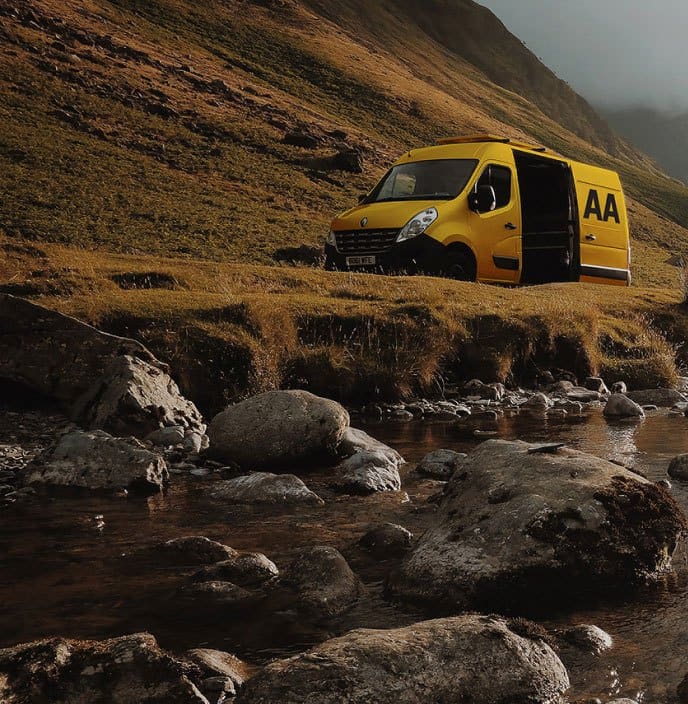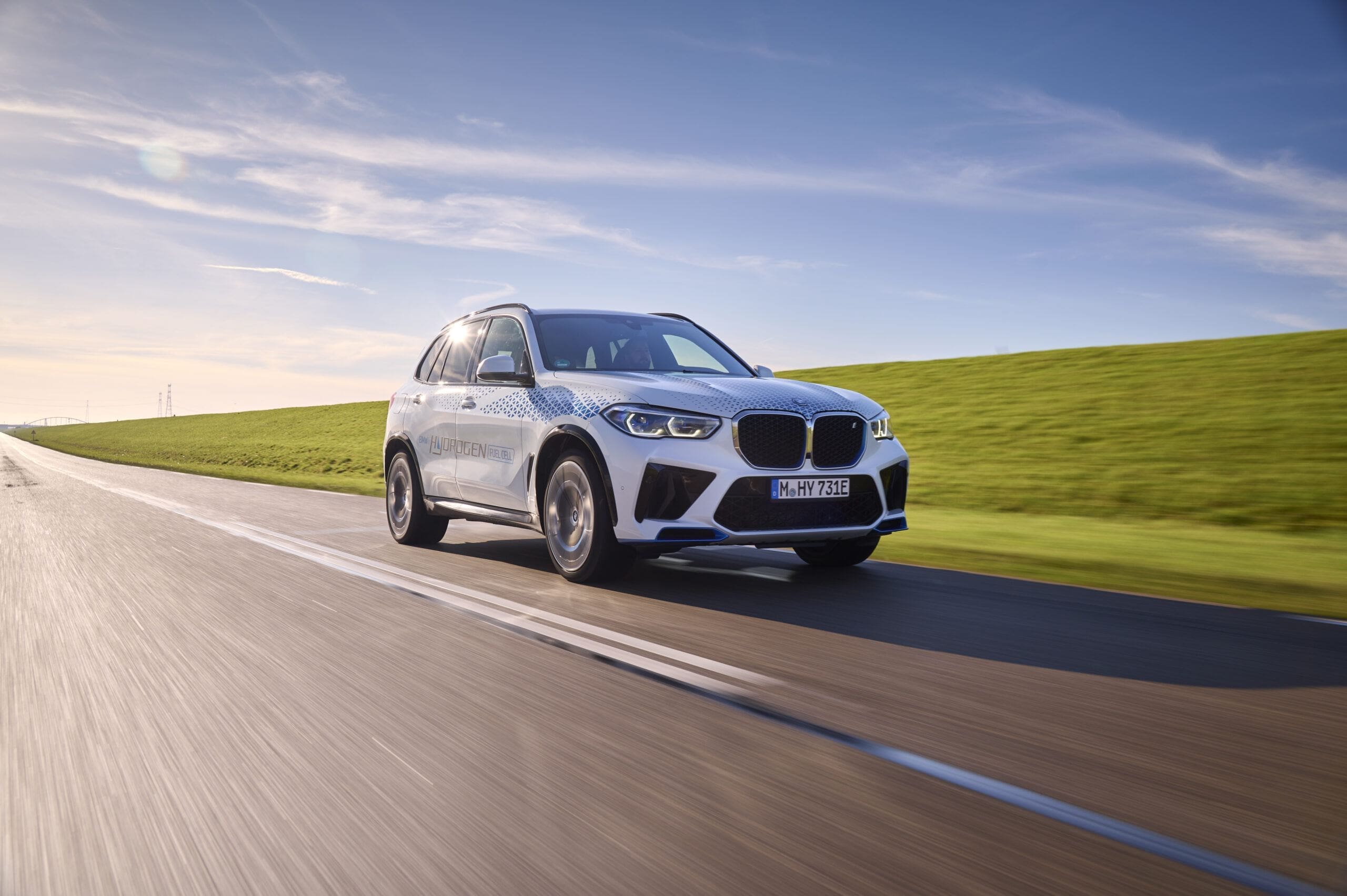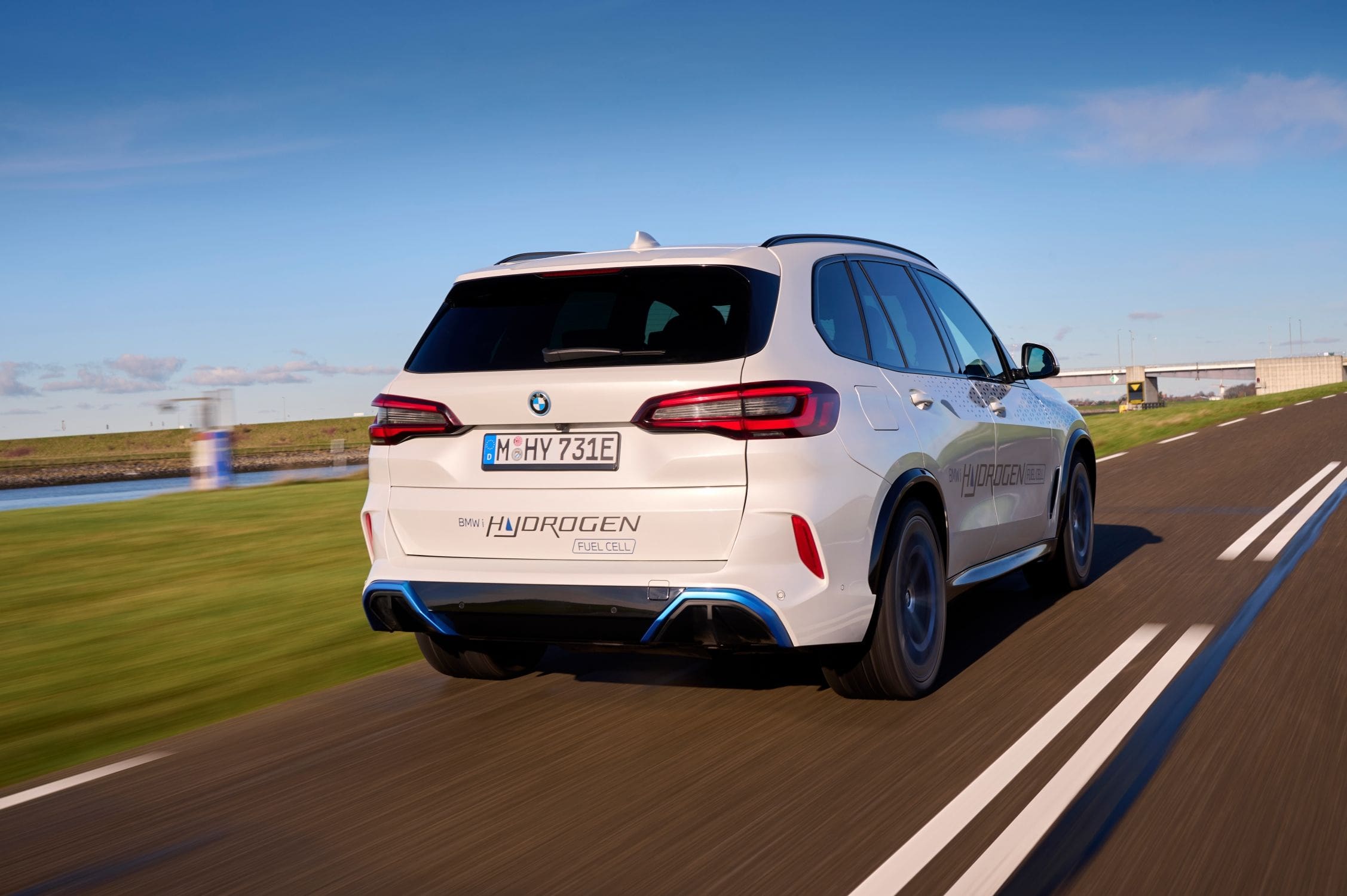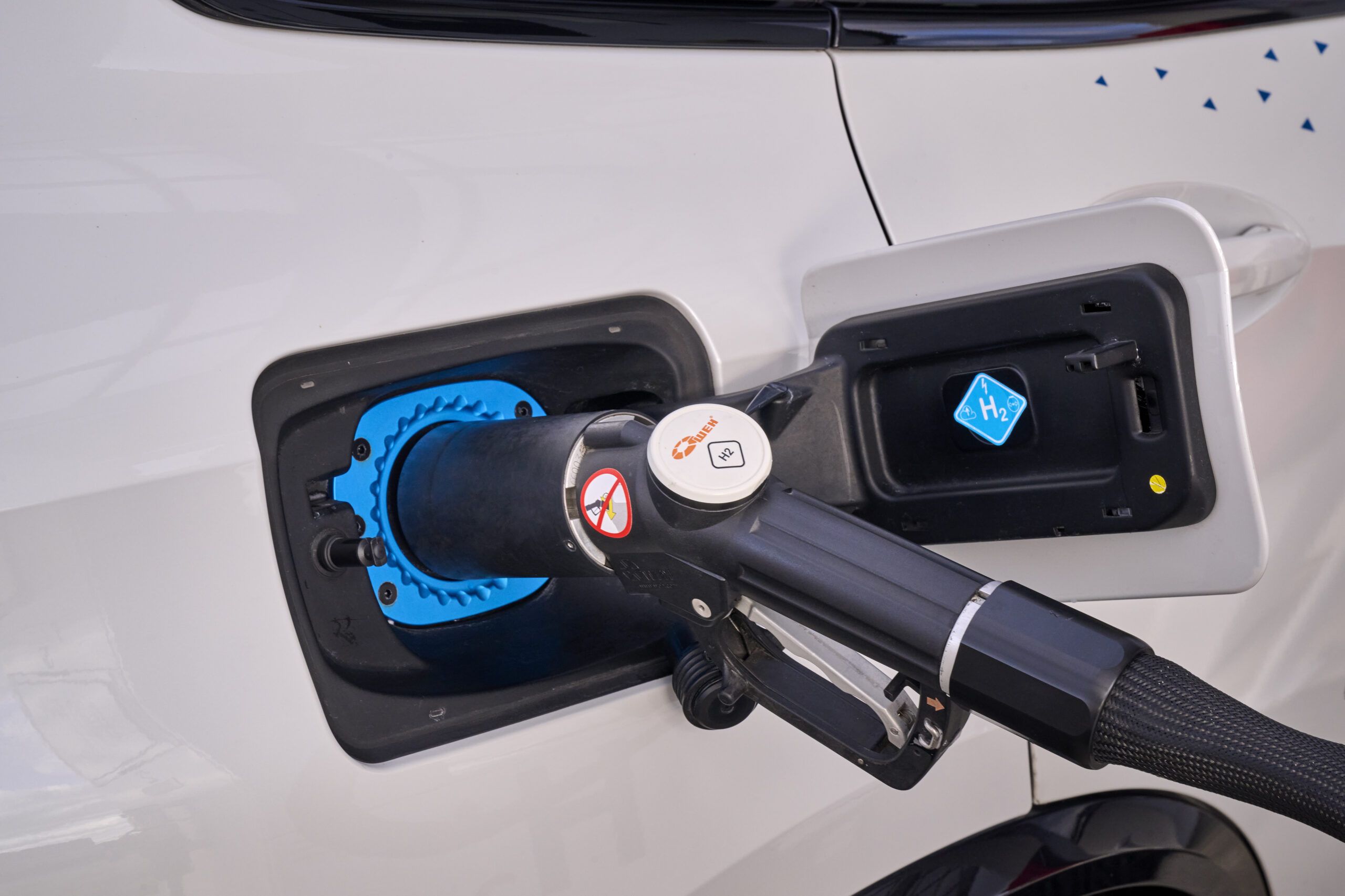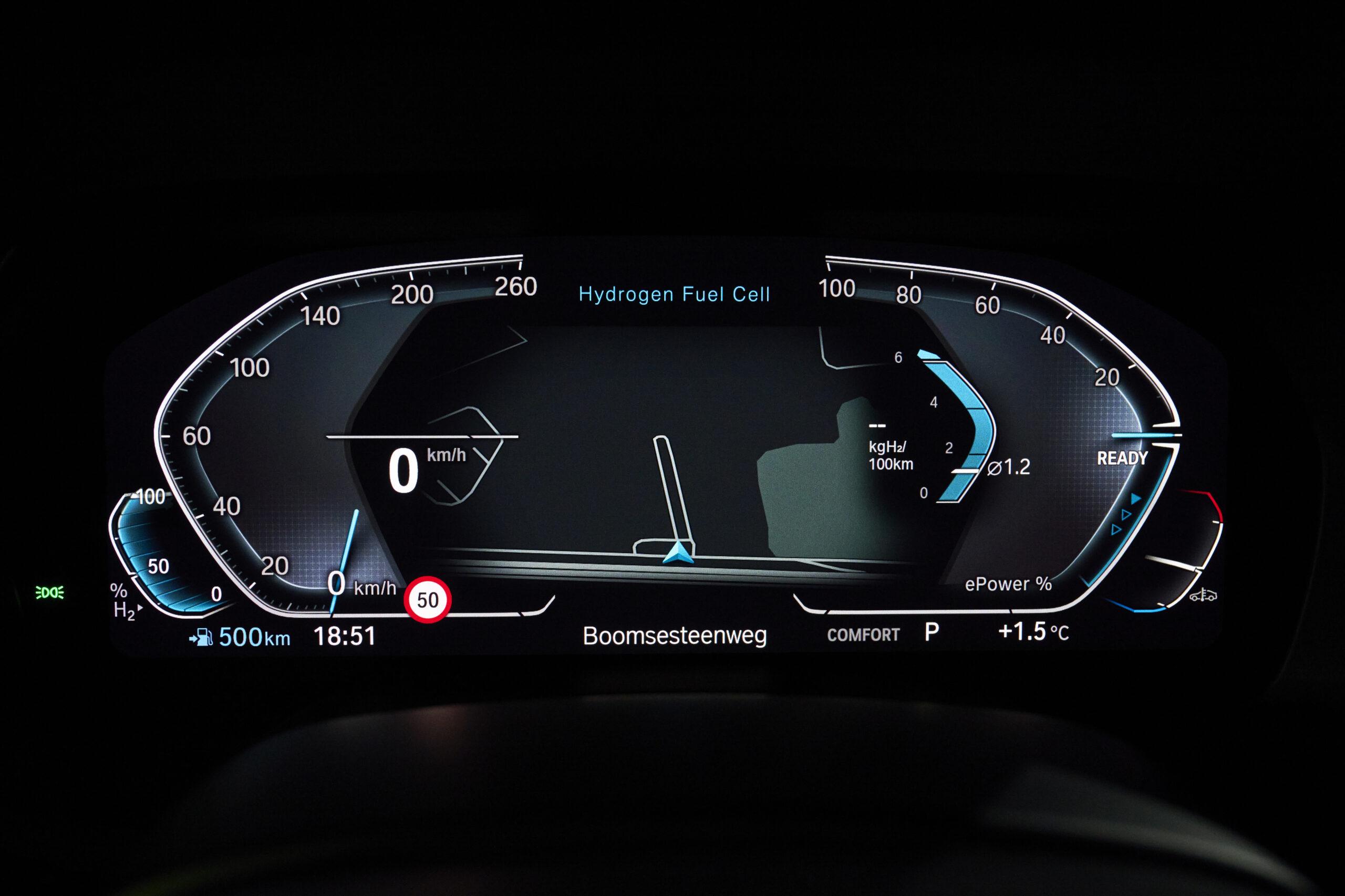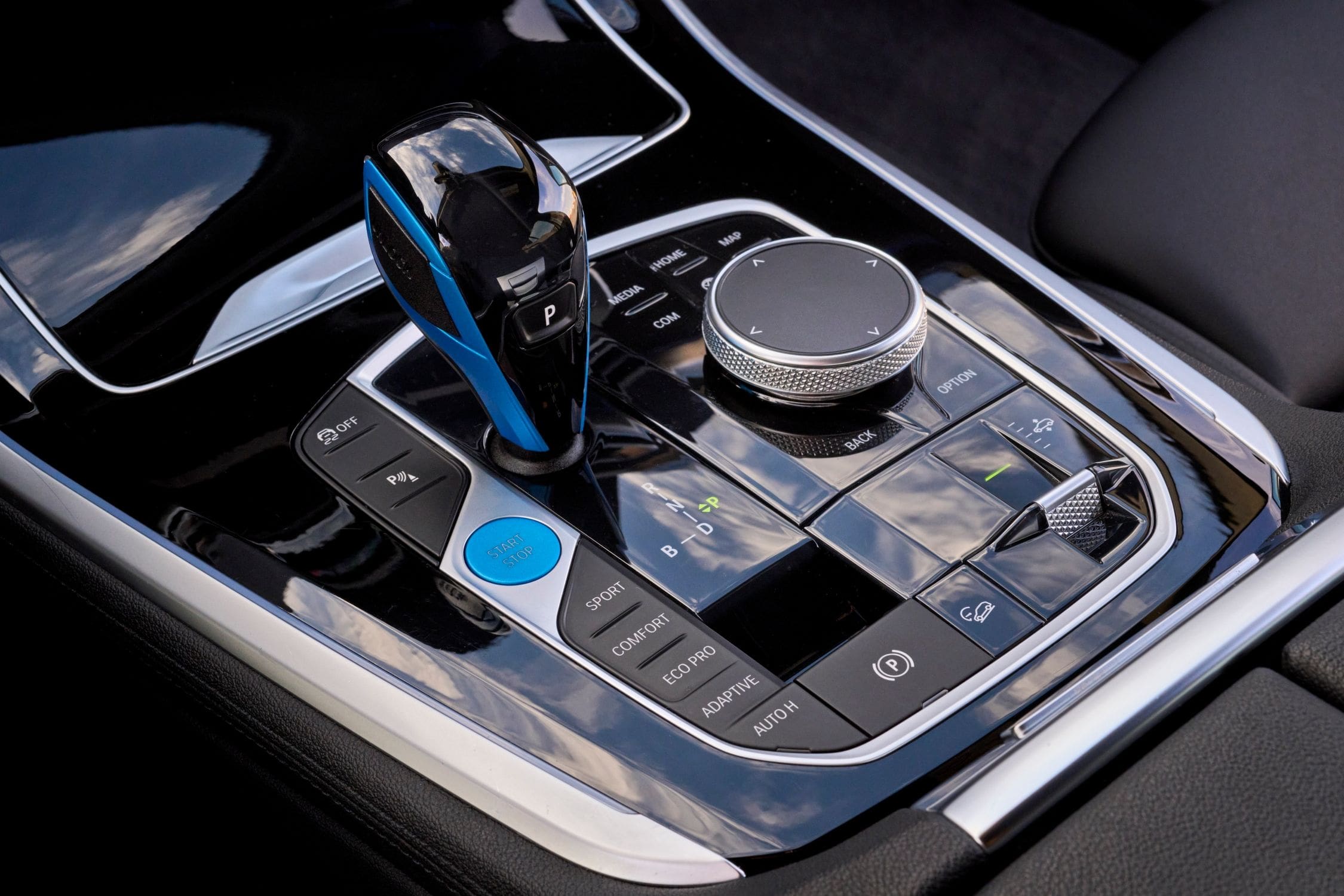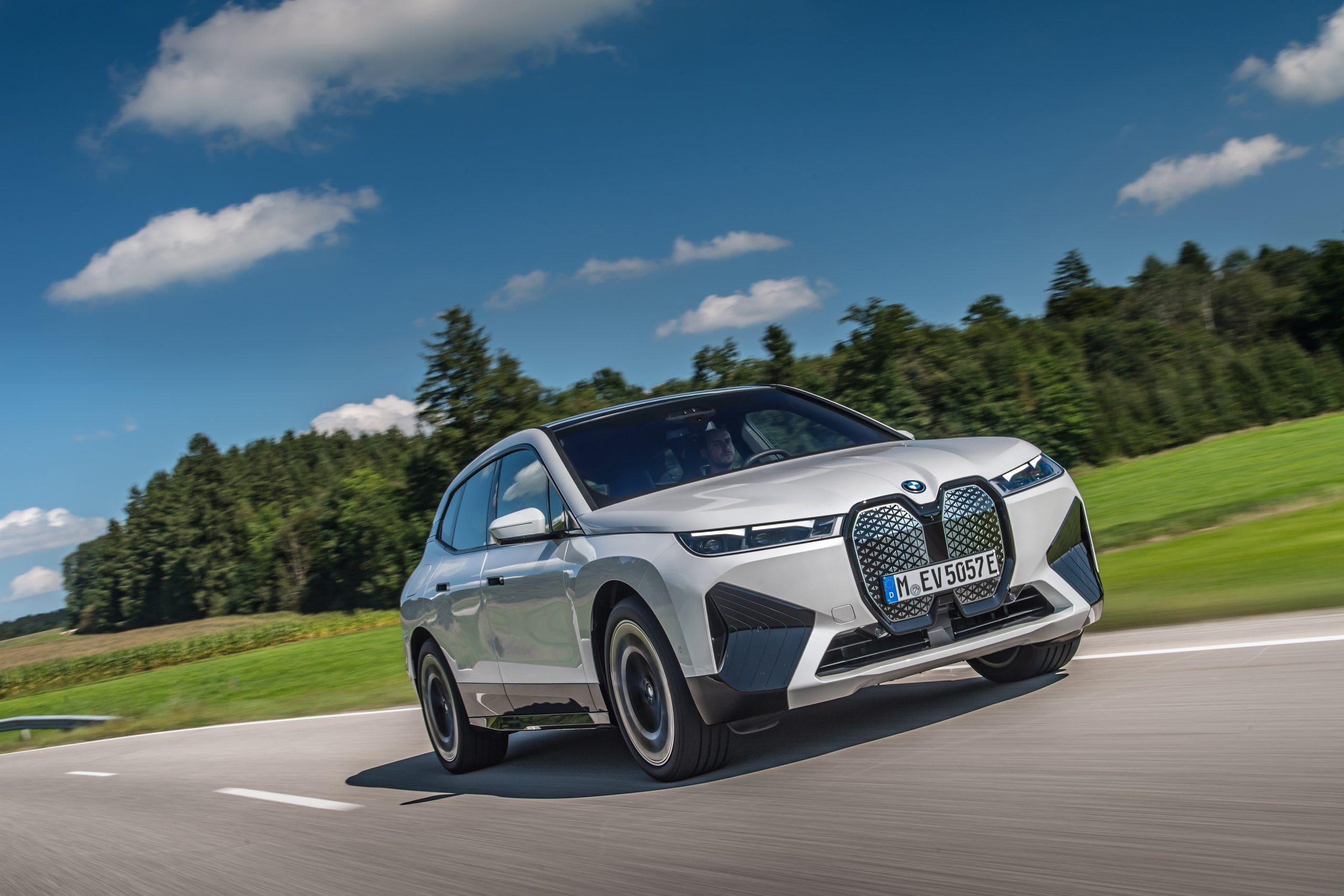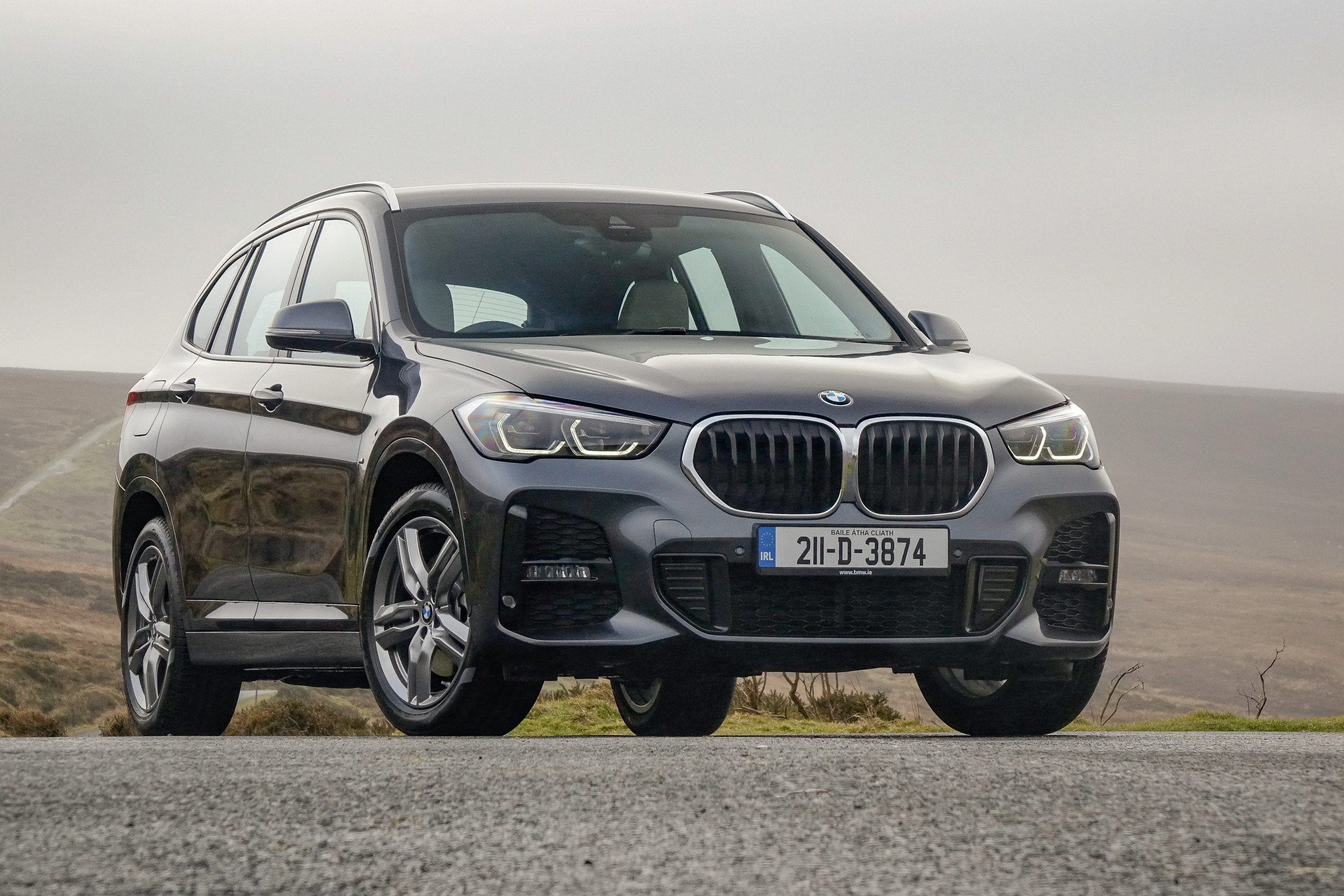

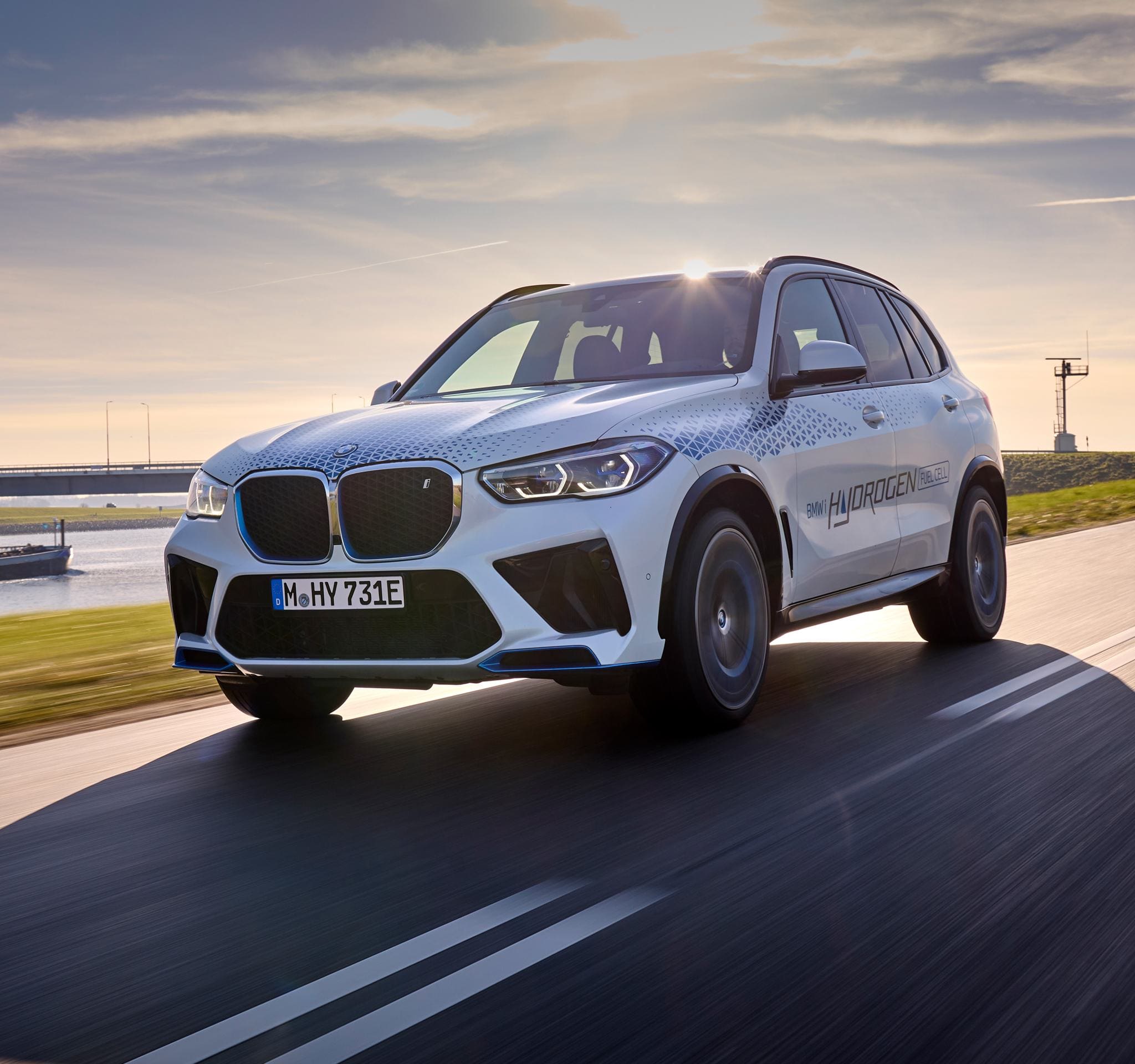

BMW
New Car Review | BMW iX5 Hydrogen
Good Stuff 👍
Fast Refuelling, Range
Bad Stuff 👎
Lack of Hydrogen filling stations, Expensive to refill
What is the BMW iX5 Hydrogen?
A breakthrough in making Hydrogen commonplace?
BMW has been dabbling with hydrogen power for years. In 2005 they unveiled the Hydrogen 7, the world’s first hydrogen luxury car. Based on a standard production 7 Series model, it was powered by a 260hp 12-cylinder engine, capable of running on liquid hydrogen and could be switched from hydrogen to petrol power at the press of a steering wheel-mounted button. Only 100 were built and they were offered to selected customers on a lease basis in the United States, Europe, and Japan. It also came with a warning not to park it in an enclosed car park due to safety concerns. Thankfully things have progressed since then and the latest hydrogen model from BMW is the iX5. Adapted from the current X5 it was first revealed as a concept at the IAA show in 2019 and now more than 4 years later was unveiled to the global press last month in Antwerp. BMW plans to launch a fleet of 100 iX5 Hydrogen SUVs around the world to gather as much real-world user data as possible and the event in Antwerp was the first opportunity for those not involved in the development process to get behind the wheel.
Why hydrogen?
No tailpipe emissions.
Hydrogen has been touted for years as the fuel of the future but still, carmakers remain divided. With the exception of Toyota and Hyundai, few are investing heavily in it. Mercedes have shelved plans to bring hydrogen fuel cell cars to market as have Audi but BMW sees a role for hydrogen-powered cars to fit alongside battery-electric ones.
Running a car on hydrogen produces no emissions from the tailpipe however the issue is the energy used to make the hydrogen as it comes in many forms and some are more environmentally acceptable than others. Depending on production methods, hydrogen can be grey, blue or green – and even pink, yellow or turquoise. Green hydrogen is the most sustainable and the port of Antwerp-Bruges is a major green energy hub.
Refuelling a hydrogen car takes only minutes but its not cheap and prices depend on how the hydrogen is produced, if from renewables the cost per kilo is around €10 whereas if gas is used the costs rise to €15 – €17.


Geraldine Herbert AA Contributor“Running a car on hydrogen produces no emissions from the tailpipe however the issue is the energy used to make the hydrogen as it comes in many forms and some are more environmentally acceptable than others”
So how does it work?
A little help from Toyota
Powering the iX5 is a Toyota-developed fuel cell that converts hydrogen stored in two carbon-fibre reinforced plastic (CFRP) tanks into electricity via a chemical reaction. The tanks contain a combined 6kg of compressed hydrogen at 700 bar pressure and are located in the floor of the vehicle. Using the fifth-generation BMW eDrive technology (the electric motor, transmission and power electronics are grouped together in a compact housing) at the rear axle and a power battery with lithium-ion technology developed specially for the iX5, the result is a total power output of 295 kW/ 401hp with 720 Nm of torque.
Insurance up for renewal?
Get an AA Car Insurance quote online and save up to 20% or €180 when you buy online*.


What is the BMW iX5 Hydrogen like to drive?
Refined and smooth.
From the outside the BMW i blue accents on the kidney grille, the inserts in the wheels and the attachments in the outer portion of the rear apron are all hints that this is not a regular X5. But once on the road the iX5 feels remarkably normal, it drives exactly how you would expect an electric X5 to drive and you are completely unaware of the chemical reaction taking place. On the road it is refined, fast and smooth with no compromise to the driving dynamics of the X5.
Why aren’t there more hydrogen cars?
The fuel stations are tricky to find
Filling up with hydrogen only takes three to four minutes but finding somewhere to fuel up can be difficult. Therein lies hydrogen’s chicken-and-egg problem, who will buy the hydrogen cars if the refuelling stations don’t exist?
The initial investment risk of building a hydrogen infrastructure is far too high for a single company and would require planning and coordination to bring together governments, industry and investors but for now the lack of one undermines the viability of hydrogen cars as a solution.
Hydrogen, a fuel for the future?
A step in the right direction.
BMW plan to bring a fuel cell production vehicle to the market before 2030 and the iX5 is certainly a significant step forward. But using hydrogen as an energy source for cars is not without considerable issues. Apart from the lack of a hydrogen refuelling infrastructure, there are challenges around transporting the fuel and the fact that you need a lot more energy to make a hydrogen vehicle move compared to a battery electric vehicle.
However, the shortages of key components for electric car batteries, including lithium, nickel and cobalt, could threaten supply plus the mining of these materials raises both ethical and environmental issues. Fuel cells could reduce overall dependency on raw materials as they need 90% less critical raw materials than BEV batteries while platinum (the main raw material for fuel cells) already has a high recycling rate and this will increase with the phase-out of combustion engines.
According to BMW small city EVs could be complemented with fuel-cell-powered cars for those without access to charging, who regularly tow, those in colder climates and long-distance travellers. There is little doubt that there will be no one single solution to decarbonising transport and hydrogen has a role to play in heavy industry so a refuelling infrastructure will be necessary but the jury is still out on whether that role extends to passenger cars also.
Spec Check ⚙️
BMW iX5 Hydrogen
Engine
Hydrogen fuel-cell stack, single AC synchronous electric motor, power battery
Power
295kW
Torque
720Nm
0-100km/h
<6 seconds
Fuel Economy
1.19kg of hydrogen per 100km
Top Speed
Over 180 km/h
Transmission
Single-speed with fixed ratio
CO2
0g/km
Range
504km
Hydrogen Storage
Two 700bar fuel tanks, T-shape arrangement
Price as tested
Not for sale (yet)
For more information go to www.bmw.ie


